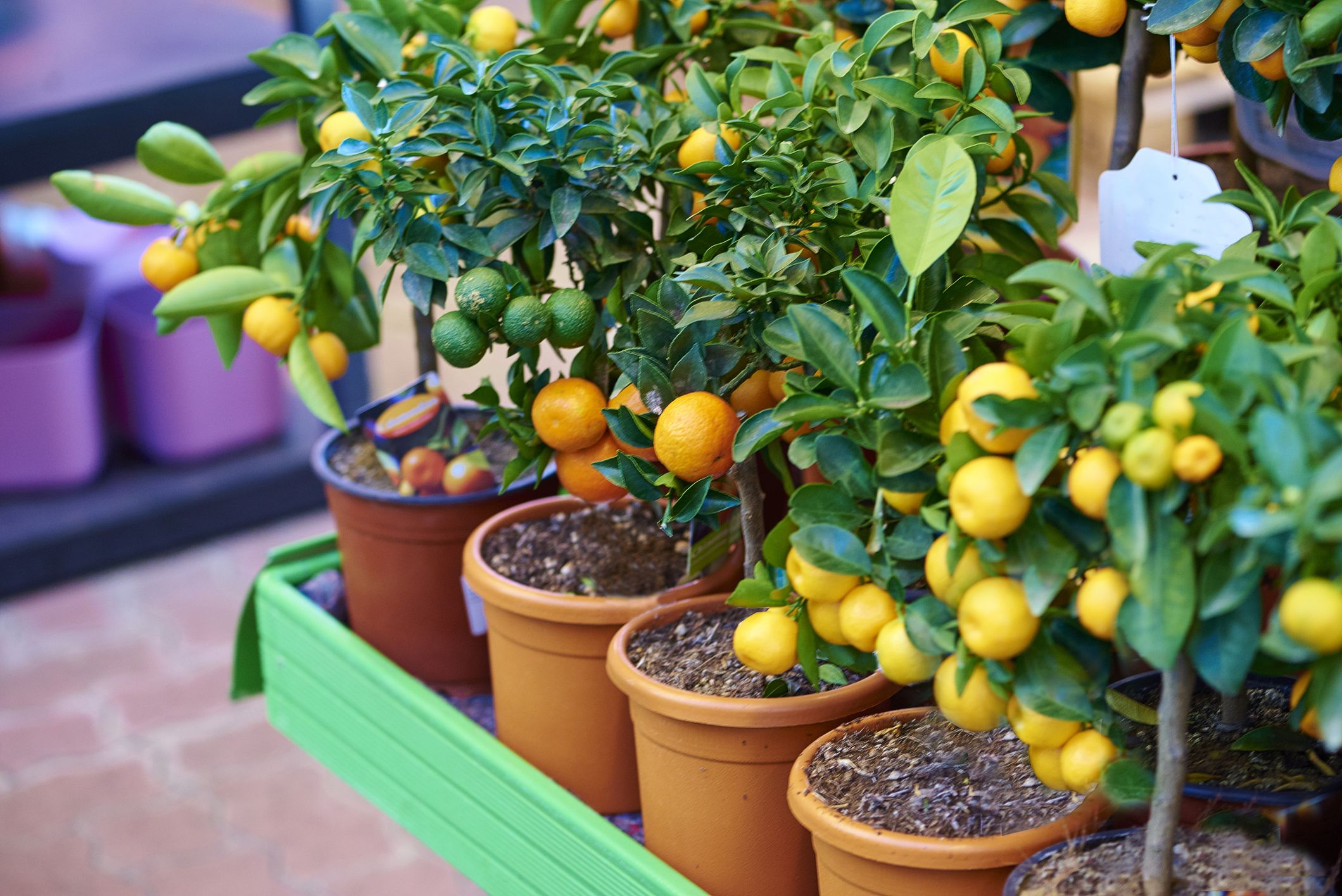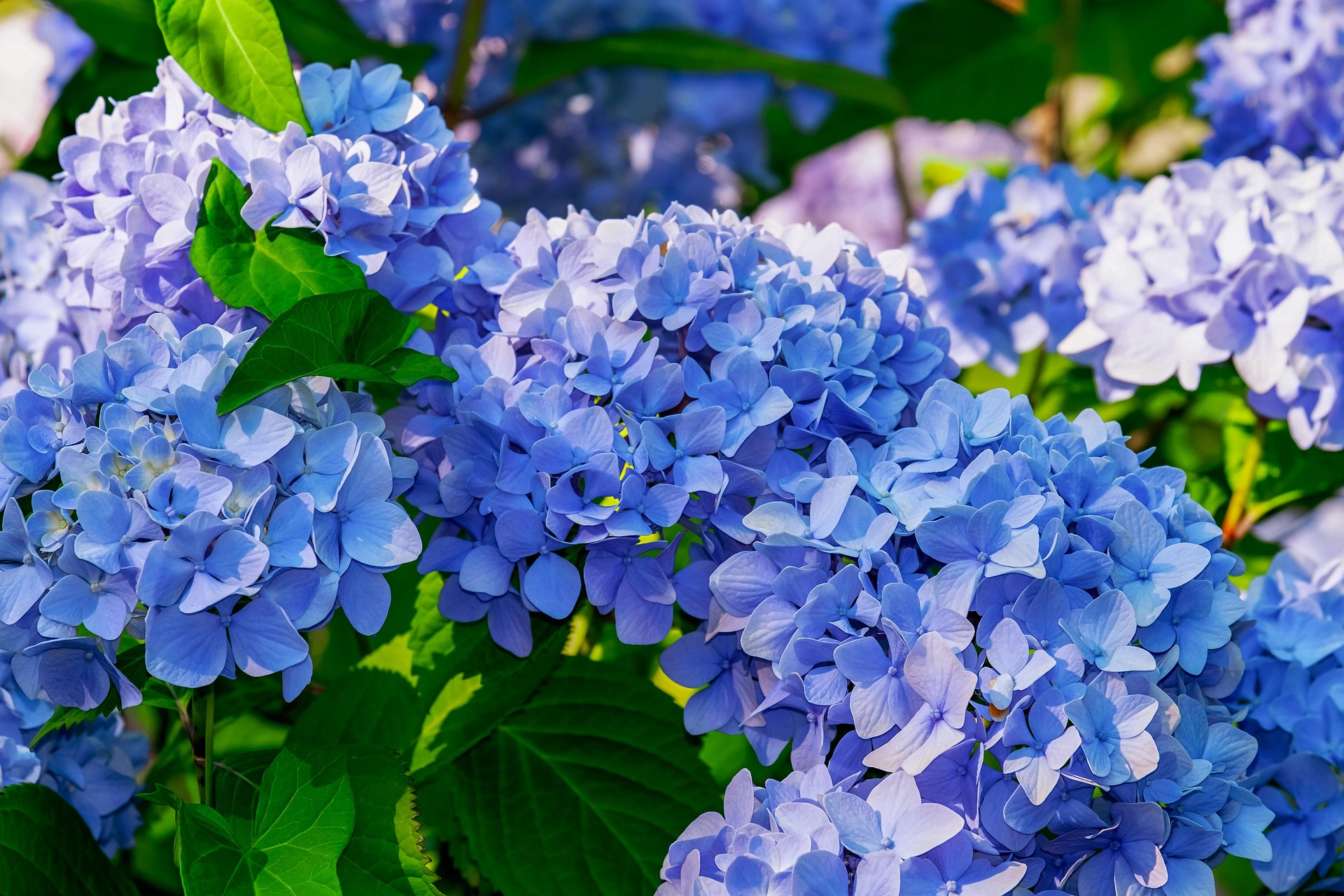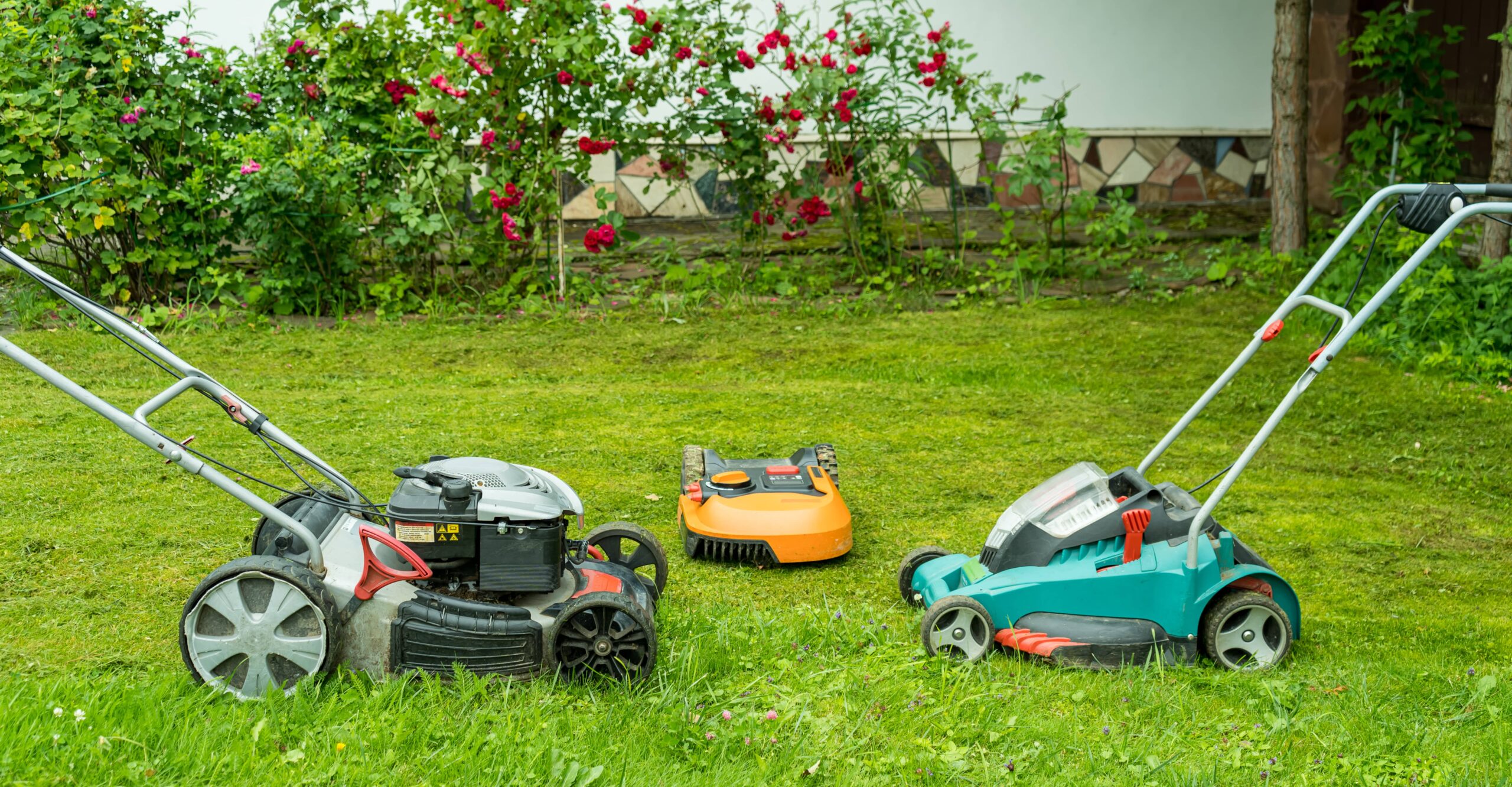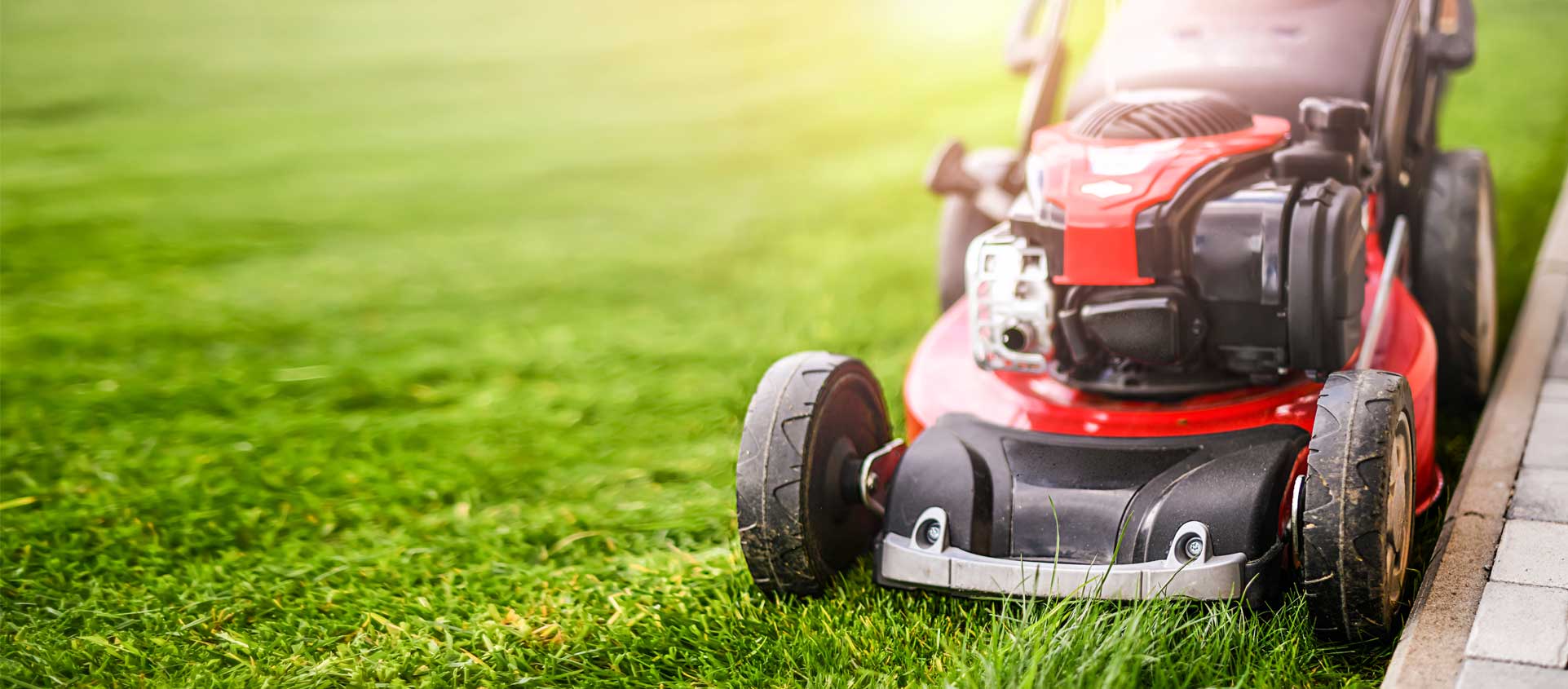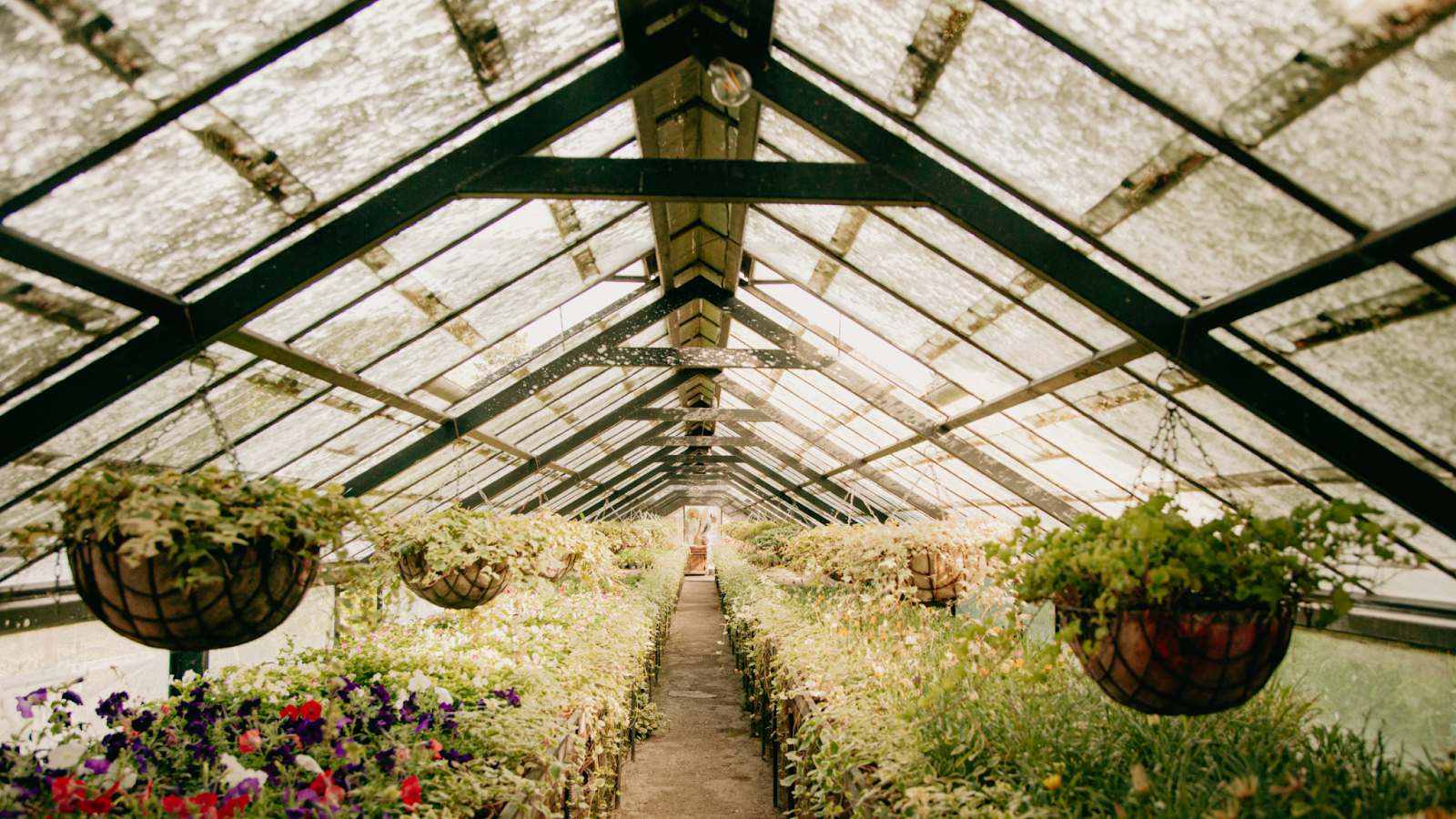Gardening in Britain presents a unique set of challenges and opportunities, especially when it comes to growing fruit trees in small spaces. With limited room, choosing the right fruit trees is essential for maximizing yield and ensuring healthy, productive plants. Based on insights from a nursery specialist at CRJ Fruit-Trees, here is a guide to the top 10 fruit trees perfect for small gardens.
The Basics of Small Garden Fruit Trees
Before diving into the specific types of fruit trees to buy, it’s important to understand the basic principles that make certain varieties more suitable for small gardens. Key factors include tree size, growth habits, and maintenance requirements. Dwarf and semi-dwarf varieties are typically the best choices, as they remain compact while still producing ample fruit. Additionally, some fruit trees can be trained against walls or fences, a technique known as espaliering, which saves space and adds a decorative element to the garden.
Apple Trees
Apple trees are a staple in British gardens, and with good reason. They are hardy, versatile, and there are many varieties specifically bred for small spaces. Dwarf apple trees, such as ‘Pixie’ and ‘Sunset,’ are excellent choices. These trees generally reach about 2-3 meters in height, making them manageable for pruning and harvesting. Apples also benefit from being grown in a sunny spot with well-drained soil. Proper pruning is crucial to maintaining their size and health, and regular feeding with a balanced fertilizer will promote vigorous growth and fruit production.
Pear Trees
Similar to apple trees, pear trees can thrive in small gardens when the right varieties are chosen. Dwarf pear trees like ‘Concorde’ and ‘Conference’ are particularly well-suited for limited spaces. These trees not only produce delicious fruit but also add an ornamental aspect to the garden with their beautiful spring blossoms. Pear trees prefer a sheltered spot with plenty of sunlight and well-drained soil. Regular watering, especially during dry spells, will ensure healthy growth. Thinning the fruit in early summer helps improve the size and quality of the remaining pears.
Plum Trees
Plum trees are another excellent option for small gardens. Dwarf varieties such as ‘Opal’ and ‘Victoria’ are known for their compact size and high yield. Plums are relatively easy to grow and are less prone to pest problems compared to other fruit trees. They do best in full sun and need well-drained soil. Pruning is essential to prevent overcrowding and to maintain the tree’s shape. Mulching around the base helps retain moisture and suppress weeds, which is beneficial for young trees.
Cherry Trees
Cherries are a delightful addition to any small garden, offering both beautiful spring flowers and delicious fruit. Dwarf cherry trees, like ‘Stella’ and ‘Sunburst,’ grow to a manageable height of about 2-3 meters. These trees are self-fertile, meaning they do not require a second tree for pollination, which is ideal for smaller gardens. Cherries prefer a sunny position with well-drained, fertile soil. Regular watering, especially during fruiting, is important. Netting may be necessary to protect the fruit from birds.
Peach Trees
Peach trees might not be the first choice for British gardens, but dwarf varieties such as ‘Garden Lady’ and ‘Bonanza’ are well worth considering. These compact trees produce sweet, juicy peaches and are surprisingly hardy. Peach trees need a sunny, sheltered spot and well-drained soil. They are susceptible to peach leaf curl, a common fungal disease, so selecting disease-resistant varieties and applying appropriate treatments can help manage this issue. Regular pruning and thinning of fruit will ensure a good harvest.
Apricot Trees
Apricot trees are another less common but rewarding choice for small gardens. Dwarf varieties like ‘Tomcot’ and ‘Golden Glow’ are particularly suitable for limited spaces. Apricots require a sunny, sheltered position to protect them from late frosts, which can damage blossoms. They prefer well-drained soil and benefit from a regular feeding regime. Apricot trees also respond well to pruning, which helps to maintain their size and improve fruit quality. Like peaches, they can suffer from fungal diseases, so preventive measures are important.
Fig Trees
Figs are a fantastic option for small gardens, especially in warmer parts of Britain. Varieties such as ‘Brown Turkey’ are well-suited for growing in pots or small garden spaces. Fig trees prefer a sunny, south-facing position and can be trained against a wall to save space. They need well-drained soil and should be watered regularly during the growing season. Figs can be pruned to maintain their shape and size, and container-grown figs can be brought indoors during the winter to protect them from frost.
Quince Trees
Quince trees are an often-overlooked but excellent choice for small gardens. Dwarf varieties like ‘Meeches Prolific’ and ‘Serbian Gold’ are ideal for limited spaces. Quinces are known for their fragrant fruit, which is perfect for making jellies and preserves. These trees prefer a sunny spot with well-drained soil and are relatively low-maintenance once established. Regular pruning helps to maintain their size and shape, and mulching around the base will help retain moisture and suppress weeds.
Mulberry Trees
Mulberry trees, particularly the dwarf variety ‘Charlotte Russe,’ are a unique and fruitful addition to small gardens. This compact tree produces sweet, black mulberries over a long harvesting period. Mulberries prefer a sunny position and well-drained soil. They are relatively low-maintenance but benefit from regular pruning to control their size and shape. Mulberry trees are also known for their attractive foliage, which adds an ornamental touch to the garden.
Medlar Trees
Medlar trees are another unconventional but rewarding choice for small gardens. Dwarf varieties such as ‘Nottingham’ are well-suited for limited spaces. Medlars produce unusual, apple-like fruit that is best eaten when bletted (allowed to soften and sweeten after harvest). These trees prefer a sunny position and well-drained soil. Medlars are relatively low-maintenance, requiring only minimal pruning to maintain their shape. They are also resistant to many common fruit tree pests and diseases.
Planting and Caring for Small Garden Fruit Trees
Choosing the right fruit trees is just the beginning. Proper planting and care are crucial for ensuring healthy growth and abundant harvests. Here are some general tips for planting and maintaining fruit trees in small gardens.
Planting
Dig a hole that is deep and broad enough to hold the root ball when you plant fruit trees. To facilitate root expansion, the hole’s dimensions should be approximately double those of the root ball. For better drainage and fertility, amend the soil with some compost or manure that has broken down. Before planting the tree in the hole, raise the graft union, the joint between the tree and the rootstock, so it is flush with the dirt. Pour plenty of water on top of the dirt, being sure to gently press down on the roots as you go.
Watering
Young fruit trees need regular watering, especially during dry spells. It’s important to keep the soil consistently moist but not waterlogged. As the trees mature, they will become more drought-tolerant, but it’s still a good idea to water them during prolonged dry periods to ensure healthy growth and fruit production.
Feeding
Fruit trees benefit from regular feeding with a balanced fertilizer. Apply a general-purpose fertilizer in early spring before the growing season starts, and repeat in midsummer. Mulching around the base of the trees with organic matter, such as compost or well-rotted manure, will also help improve soil fertility and retain moisture.
Pruning
Pruning is essential for maintaining the size and shape of fruit trees, as well as for promoting healthy growth and fruit production. The best time to prune most fruit trees is during the dormant season in late winter or early spring. Remove any dead, diseased, or damaged branches, and thin out overcrowded areas to improve air circulation and light penetration. For espaliered trees, regular training and tying in of new growth are necessary to maintain the desired shape.
Pest and Disease Management
Fruit trees can be susceptible to a range of pests and diseases, so it’s important to monitor them regularly and take action at the first sign of trouble. Common pests include aphids, caterpillars, and scale insects, while common diseases include apple scab, pear rust, and peach leaf curl. Using appropriate organic or chemical treatments, as well as good garden hygiene practices such as removing fallen leaves and fruit, can help keep these problems under control.
Benefits of Growing Fruit Trees in Small Gardens
Growing fruit trees in small gardens offers numerous benefits beyond the obvious advantage of producing fresh, home-grown fruit. Here are some additional reasons to consider planting fruit trees in your garden.
Environmental Benefits
Fruit trees contribute to the environment by providing habitat and food for wildlife, improving air quality, and reducing carbon dioxide levels. They also help to conserve water by reducing runoff and erosion.
Aesthetic Appeal
Fruit trees add beauty and interest to a garden with their attractive blossoms, foliage, and fruit. Dwarf and espaliered trees can also be used to create stunning focal points or living screens.
Health and Well-being
Growing your own fruit provides a source of fresh, nutritious produce, which can contribute to a healthier diet. Gardening itself is also a great form of physical exercise and has been shown to have numerous mental health benefits, including reducing stress and improving mood.
Educational Opportunities
For families with children, growing fruit trees offers an excellent opportunity to teach kids about nature, gardening, and where their food comes from. It can also be a fun and rewarding family activity.
Conclusion
With careful selection and proper care, it is entirely possible to grow a variety of delicious, productive fruit trees in small gardens. By choosing dwarf or compact varieties and employing space-saving techniques like espaliering, even the smallest garden can become a bountiful orchard. Whether you’re a seasoned gardener or a beginner, the joy of harvesting your own fruit is well worth the effort. So, why not start planning your small garden orchard today and enjoy the many benefits that fruit trees have to offer?







